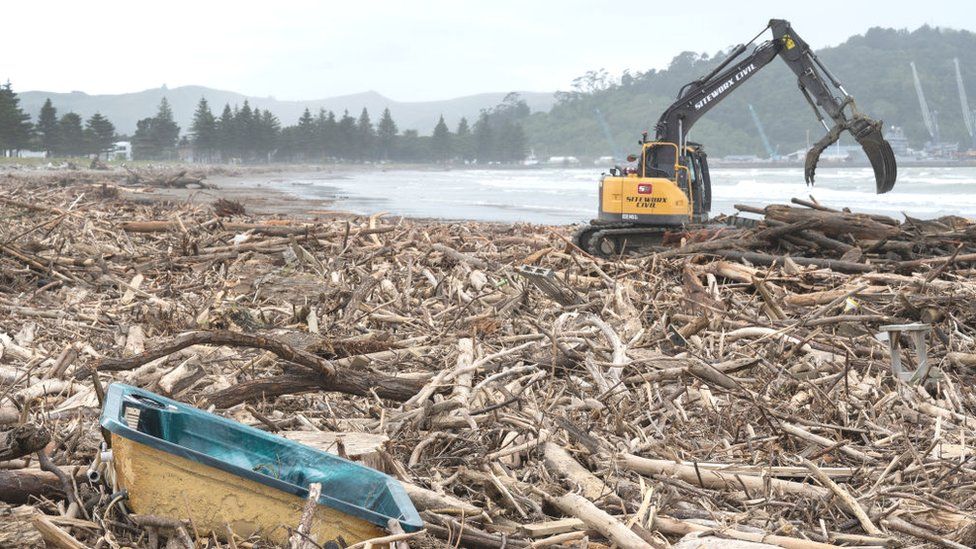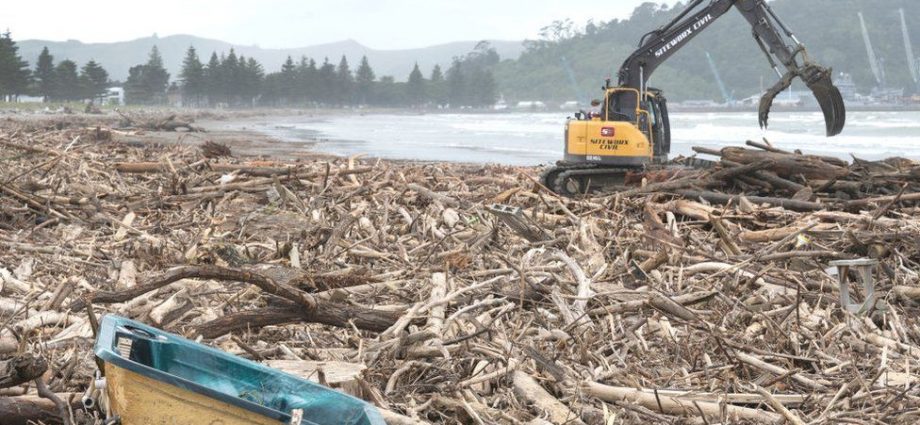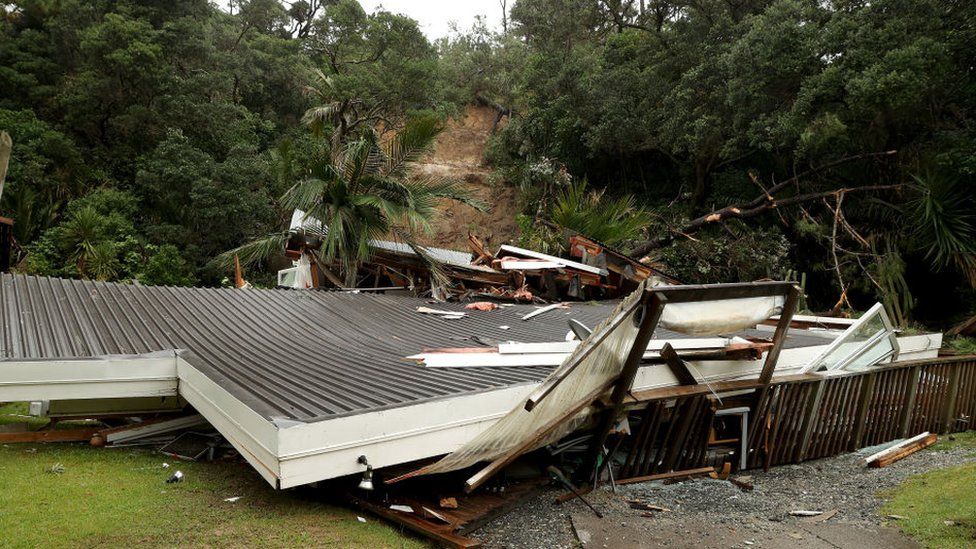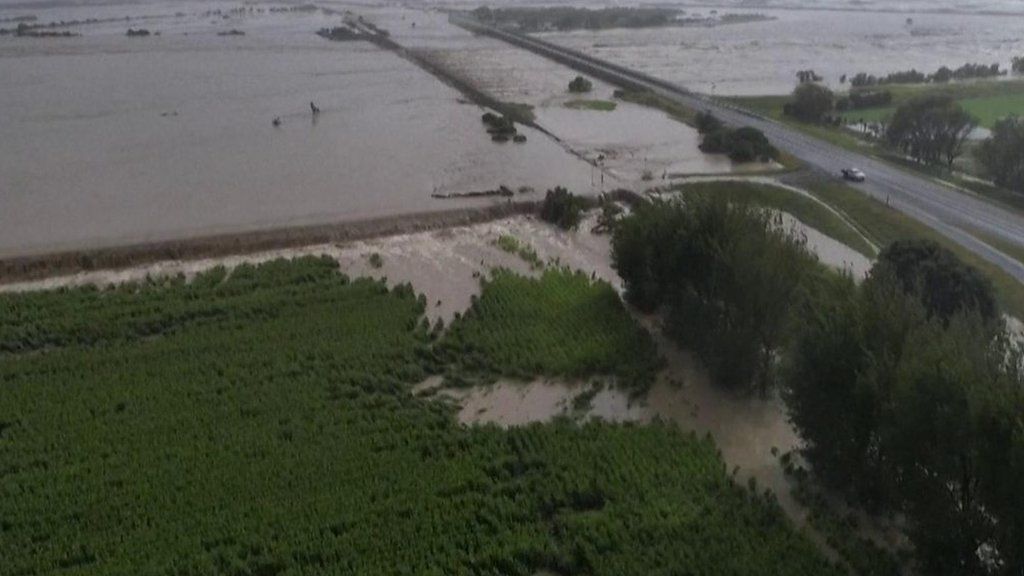
New Zealand has said rebuilding after Cyclone Gabrielle will cost billions of dollars, on par with the Christchurch earthquake from 12 years ago.
Gabrielle brought widespread flooding to the North Island in mid-February, damaging roads and bridges.
At least 11 people have died and thousands remain missing.
“It’s going to be the biggest weather event this century, with a billion dollar price tag,” Finance Minister Grant Robertson said.
Mr Robertson told TVNZ21 over the weekend that the government would first attend to survivors’ most urgent needs – food, shelter, electricity and communications.
“We have a long journey ahead of us to rebuild after this disaster, but we have the resources to do it, and we have the will to do it,” Mr. Robertson said. Farmers lost entire harvests and herds to the floods and authorities are still determining how much of it will be covered by insurance, said the minister, who is in charge of rebuilding efforts.
On Monday, Prime Minister Chris Hipkins announced an additional NZ$250m to fix damaged roads and a NZ$50m-support package to give immediate relief for businesses.
New Zealand spent NZ$13bn ($8.1bn; £6.7bn) to rebuild from the powerful earthquake in the South Island in 2011 that levelled much of the Christchurch city centre and left 185 people dead and thousands homeless.
Mr Robertson blamed the extent of the damage inflicted by Gabrielle on New Zealand’s failure to build infrastructure that’s resilient to climate change, adding that the current approach to adapt “has not been sufficiently robust”.
Not even tens of billions of dollars in additional infrastructure spending over the next five years can fill in the gaps, he added. “The deficit is so large, we will not be able to make up for it in the long term,” he said.
Mr Hipkins also said the state of national emergency due to Gabrielle will be extended for seven days. It applies to Northland, Auckland Tai Rawhiti, Bay of Plenty, Waikato, Hawke’s Bay and Tararua.
This is only the third time in New Zealand’s history that the country has issued a national emergency declaration to speed up rescue and relief efforts – the last time was in the aftermath of the Christchurch earthquake.
Mr Hipkins said more than 6,500 people were uncontactable after the cyclone, but added that authorities knew that about 4,200 of them were alright.
Around 15,000 people are still without power in the North Island, the PM said. About 70% of those are in Napier and surrounding areas.
Gabrielle struck a few weeks after heavy rains flooded the capital Auckland, also on the North Island. That deluge paralysed the city’s airport, photos of which went viral on social media.
Many of the roads damaged by Gabrielle are still closed. Tanker trucks cannot collect milk, some logging is suspended and meat processing is scaled down, Reuters reported.
The cyclone also disrupted picking in apple and pear farms, where annual production is valued at NZ$1 billion. Many of these areas are still inaccessible.
Farm damage could push food prices higher, adding pressure to inflation that’s already running at a near three-decade high of 7.2%.
This video can not be played



